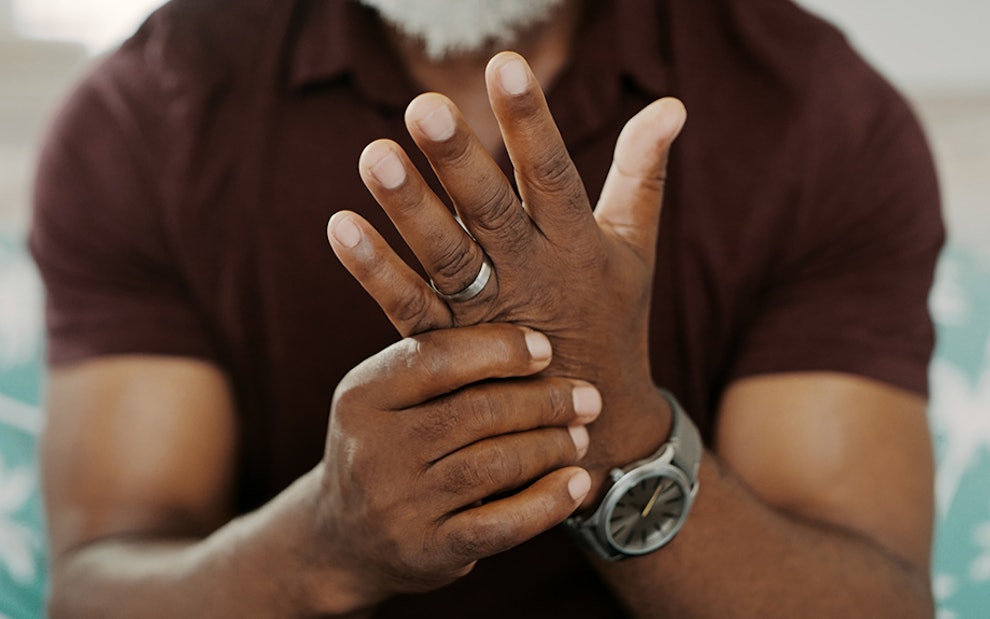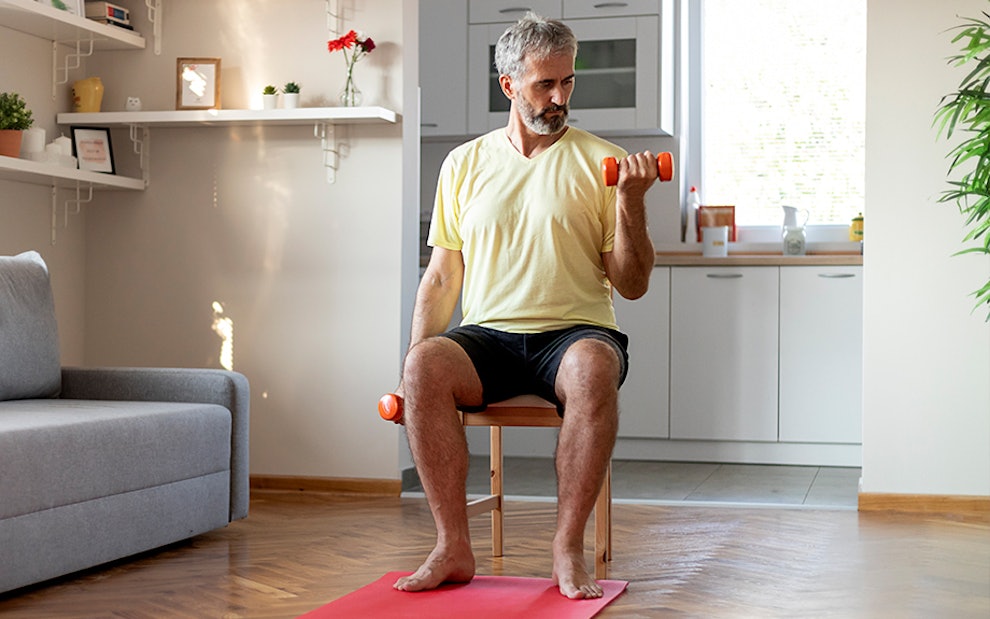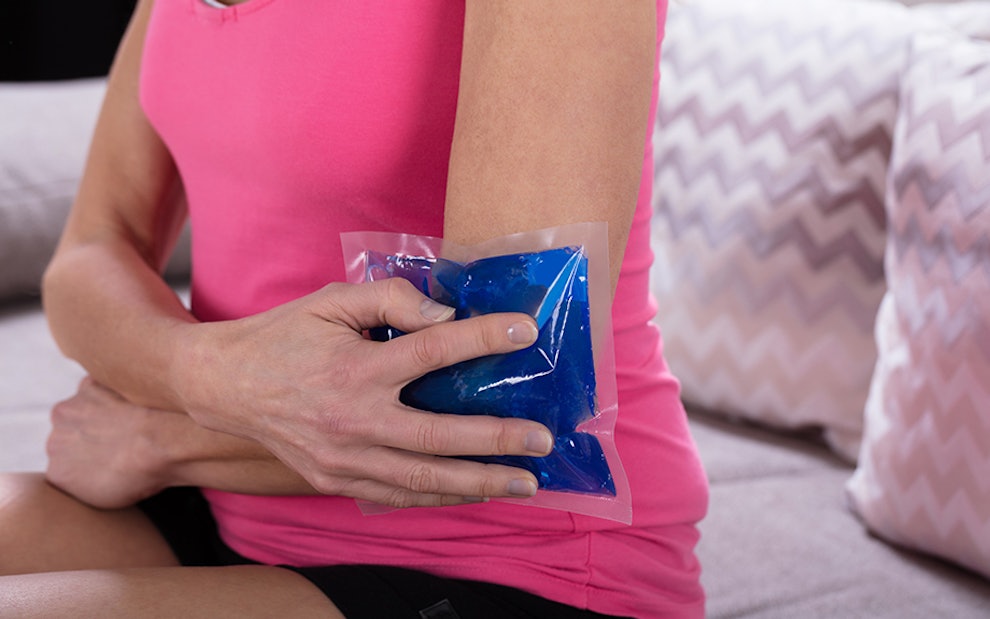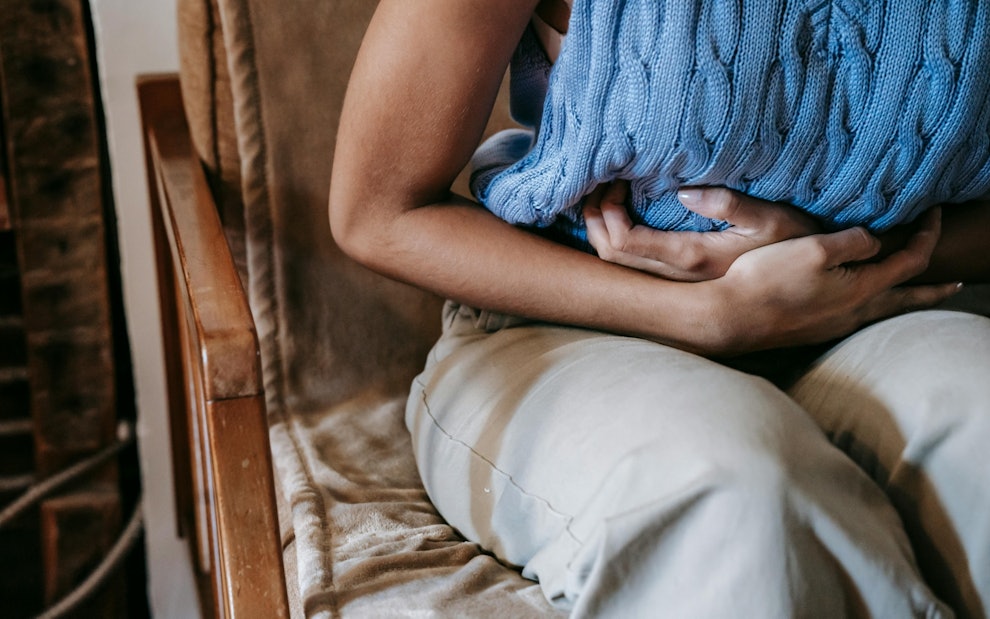Tips for Managing Your Joint Pain and Arthritis
Article at a glance
If you’re looking for a way to manage joint pain without medication, try to keep physically active. It’s best to do exercises like walking, water aerobics, tai chi or yoga that don’t place a lot of stress on your joints. For more on managing joint pain through physical activity, read this section.
Keeping your weight down can help reduce stress on your weight-bearing joints, such as the knees, ankles and hips. Try cutting out sugar or sticking to a Mediterranean-style diet. For more on managing joint pain through weight loss, read this section.
Take medication, either over-the-counter or prescribed by your doctor. Talk to your doctor to find out which medications are right for you. For more on medication, read this section.
To decrease joint pain, use helpful gadgets that are easy on the joints, such as an electric can opener instead of a manual one. For more on the latest gadgets for people with joint pain, read this section.

If you’re experiencing joint pain from arthritis, know that you’re not alone. Every year, millions of people in the United States have chronic pain caused by arthritis. Of the nearly 54 million Americans who have arthritis, nearly a quarter of them, 15 million people, have experienced tenderness and swelling of joints. Other symptoms can include redness, swelling and stiffness. Although arthritis is painful and uncomfortable, there are several ways it can be managed. However, there’s no one size fits all approach to arthritis pain management. An individualized treatment plan usually involves a combination of physical activity, weight management, over-the-counter and prescription medications, and lifestyle changes. Find out the various ways that you can help manage your own arthritis and joint pain.
Keep physically active
If you’re looking for a natural way to manage joint pain and arthritis without taking drugs, try to keep physically active. Low, or no-impact exercises that don’t place a lot of stress on your joints such as walking, water aerobics, tai chi or yoga, can help relieve pain and improve quality of life for those with arthritis. Cardiovascular workouts may be helpful as well. Stationary biking, for instance, can help keep your heart healthy. Regular physical activity can also reduce your risk of developing diabetes and heart disease.
According to the Physical Activity Guidelines for Americans, you should aim to do about 150 minutes of moderate-intensity exercise per week. Activity level can vary depending on your symptoms. Ask your doctor if you’re not sure which type of physical activity is best for you.
Additionally, avoid sitting for long periods of time, because sitting can be bad for your back. Stand up at least once an hour to stretch your legs.
Manage your weight

Managing your weight helps reduce stress on your weight-bearing joints, such as your knees and hips. Activities that may seem simple, like walking up and down stairs or getting in and out of a chair can place a lot of weight on the joints. Losing as few as 10 pounds can make a difference in relieving joint pain. A couple of suggestions for weight loss are:
Cut down on sugar — sugar-sweetened sodas and desserts can make arthritis symptoms worse, so it’s best to have sugar only occasionally — not on a daily basis.
Stick to a Mediterranean-style diet — increase your fruits, vegetables, whole grains and fish, and avoid red meat. Mediterranean diets are considered anti-inflammatory, and keeping inflammation low can relieve arthritis pain.
Take medication
Your doctor may recommend prescription or over-the-counter drugs to control inflammation and manage your joint pain and arthritis. If you’re taking prescription medication, follow the doctor’s instructions carefully and let them know if you’re having any uncomfortable side effects. Also, make sure you’re taking your medication on time. In addition to oral treatments, your doctor may recommend topical treatments, such as creams you can rub on your aching joints.
Protect your joints
If you’re experiencing joint pain and arthritis, treat your joints kindly. Take it easy when cleaning the house, and try not to bend, lift or kneel too frequently. Also, try to avoid going up and down stairs whenever possible. Choose low-impact activities and wear proper protective equipment when needed. Using a shoe-insert, or changing your shoes altogether can also help protect your joints by softening the impact of every step.
Communicate with your doctor
As is the case with most medical issues, good communication with your doctor is key. Being diagnosed as soon as possible means getting on the right treatment plan to manage your symptoms. Make regular appointments with your doctor if you have joint pain and arthritis. If you have other chronic conditions such as diabetes or heart disease, regular check-ups with your doctor are especially important.
Create a management plan
Creating a management plan will help you tackle the pain and strain of arthritis. You can work with your doctor during your regular appointments to come up with your management plan and stick to it. Doing so can help improve your overall mood, reduce stress and feel more in control of your health.
Try heat and/or ice therapy

Applying heat or ice is one home remedy that can offer joint pain relief. For an acute injury like pulling a muscle or injuring a tendon, it’s best to start with ice to reduce inflammation and numb the area. For arthritis-related chronic pain, it’s better to use heat, which increases circulation and flexibility. If you’re unsure about whether to use heat or ice for your joint pain, experiment with one at a time to see which works best for you.
Find ways to de-stress

Meditation, mindful breathing, and massage: these are all things that can help you unwind and better manage your joint pain. Don’t let fear hold you back from trying certain activities that may improve your quality of life. Limiting yourself by not doing new activities to avoid flare-ups could ultimately make things worse.
Try your best to keep your stress levels at bay and maintain a positive outlook. Spending time with family and friends, picking up a hobby and seeking advice for a therapist can help keep your mind occupied and your spirits high.
Use helpful gadgets
For activities that involve bending, squeezing and gripping, you may want to use adaptive devices. Swap the manual can opener for an electric one and use thick-handled utensils. A mobility aid can also come in handy for those with joint pain and arthritis. A walker, cane or crutch can relieve hip or knee pressure. And be sure to remove any potentially hazardous items from the home. Your rug should be secured to the floor and your home should be well-lit.
Living with joint pain from arthritis isn’t easy, but it can be made easier with the right management plan. Try making some of the lifestyle changes mentioned above and keep track of your symptoms. You’ll likely find that changes, such as shedding weight, increasing physical activity and cutting down on stress will have a positive effect on your overall health.
If your symptoms don’t improve or if you have a more serious case of arthritis, work with your doctor to come up with a plan that’s right for you. Carefully following your plan and having the right attitude are the first steps to feeling stronger and more able to live a fuller and healthier life.
Sources
https://www.mayoclinic.org/diseases-conditions/arthritis/symptoms-causes/syc-20350772
https://creakyjoints.org/living-with-arthritis/arthritis-joint-pain-relief-tips/
https://health.gov/sites/default/files/2019–09/Physical_Activity_Guidelines_2nd_edition.pdf
https://health.clevelandclinic.org/whats-better-for-soothing-arthritis-pain-ice-or-heat/
Become a patient
Experience the Oak Street Health difference, and see what it’s like to be treated by a care team who are experts at caring for older adults.




